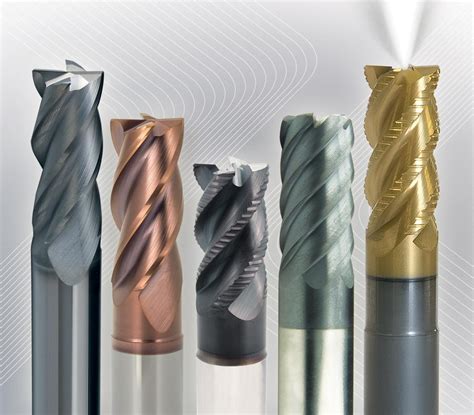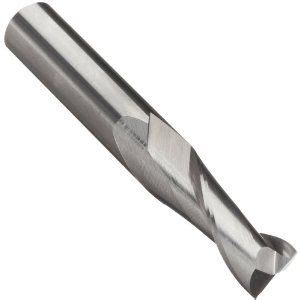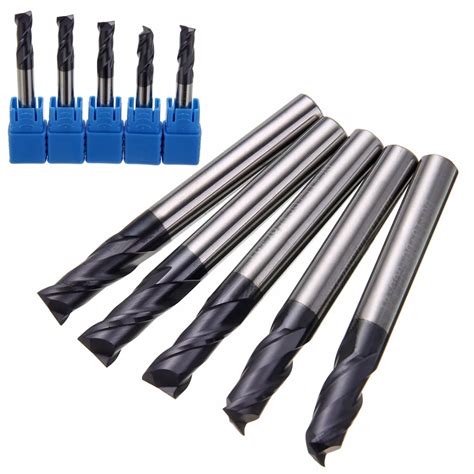cnc machine end mills End mills are used to remove material from a workpiece by advancing the tool into the material along its rotation axis. End mills come in a variety of shapes, sizes, and types, each designed for specific tasks such as contouring, slotting, plunging, and profile milling. Steel Tool Boxes: A great choice for professional use, the heavy-duty material ensures strength and durability for an option that’ll stand up to tough jobsite conditions and keep your tools safe for years to come. Plastic Tool Boxes: These are an inexpensive choice for keeping core tools organized and easily accessible.
0 · solid carbide end mills
1 · end mills for woodworking
2 · cnc end mills for wood
3 · cnc end mill types
4 · cnc end mill sizes
5 · cnc end mill guide
6 · cnc end mill grinding machine
7 · best end mill to cut laminate
$245.00
solid carbide end mills
ac metal box price
end mills for woodworking
End mills are used to remove material from a workpiece by advancing the tool into the material along its rotation axis. End mills come in a variety of shapes, sizes, and types, each designed for specific tasks such as contouring, slotting, plunging, and profile milling.K+5K+

4K+ In this guide, we’ll break down the eight most common types of end mills, explaining their unique features and applications. Whether you’re a seasoned machinist or just starting, you’ll gain clear insights into each type, .
about cnc machine operations
Explore a wide range of high-quality end mills for precision machining. Our cutting-edge tools are designed for various materials, ensuring optimal performance and exceptional durability. Find the perfect end mill for your . Solid Carbide End Mill Grades, Geometries, and Coatings: Learn what the fancy upgrades to premium end mills do. Climb Milling versus Conventional Milling: Learn what they are when each is the best technique.End mills are used to remove material from a workpiece by advancing the tool into the material along its rotation axis. End mills come in a variety of shapes, sizes, and types, each designed for specific tasks such as contouring, slotting, plunging, and profile milling. In this guide, we’ll break down the eight most common types of end mills, explaining their unique features and applications. Whether you’re a seasoned machinist or just starting, you’ll gain clear insights into each type, helping you make informed decisions for your projects. 1. Square End Mills.

Explore a wide range of high-quality end mills for precision machining. Our cutting-edge tools are designed for various materials, ensuring optimal performance and exceptional durability. Find the perfect end mill for your milling needs.Every bit and end mill is designed to streamline and optimize milling and machining for specific materials (like wood, PCB, metals, wax, etc.) by providing a variety of options in shank diameters, bit material, number of flutes, cutting length, and more. Choosing the right end mill for the job you need is an important part of the CNC process. Read what it takes to make an end mill your ideal choice. There are many different factors that go into the objects you can create with a CNC mill, but the biggest contributor is going to be your end mills.
This guide will take you through the criteria you should consider when selecting the proper end mill for your machine, depending on your project. It lists the different characteristics you should look for, as well as the existing shapes and format you could use.
Ball end mills are used for a variety of milling operations, such as contouring, profiling, slotting, and pocketing. Due to their shape, they are particularly suited to machining 3D part contours, milling large corner radii, and grooving with a full radius.
End mills are typically classified by their diameter, length, and flute characteristics and are available in a range of standard sizes. The most common diameters are found in increments starting from 1/64 inch (0.3969 mm) to 1 inch (25.4 mm) for .
Before starting end milling, secure the workpiece on the machine using holding devices like vises and clamps. This ensures the part is firmly in place, minimizing unnecessary vibrations during the milling process. . Cost: High-quality end mills and CNC machinery can represent a significant investment, impacting budget constraints for some .
Solid Carbide End Mill Grades, Geometries, and Coatings: Learn what the fancy upgrades to premium end mills do. Climb Milling versus Conventional Milling: Learn what they are when each is the best technique.End mills are used to remove material from a workpiece by advancing the tool into the material along its rotation axis. End mills come in a variety of shapes, sizes, and types, each designed for specific tasks such as contouring, slotting, plunging, and profile milling. In this guide, we’ll break down the eight most common types of end mills, explaining their unique features and applications. Whether you’re a seasoned machinist or just starting, you’ll gain clear insights into each type, helping you make informed decisions for your projects. 1. Square End Mills.Explore a wide range of high-quality end mills for precision machining. Our cutting-edge tools are designed for various materials, ensuring optimal performance and exceptional durability. Find the perfect end mill for your milling needs.
Every bit and end mill is designed to streamline and optimize milling and machining for specific materials (like wood, PCB, metals, wax, etc.) by providing a variety of options in shank diameters, bit material, number of flutes, cutting length, and more.
Choosing the right end mill for the job you need is an important part of the CNC process. Read what it takes to make an end mill your ideal choice. There are many different factors that go into the objects you can create with a CNC mill, but the biggest contributor is going to be your end mills.This guide will take you through the criteria you should consider when selecting the proper end mill for your machine, depending on your project. It lists the different characteristics you should look for, as well as the existing shapes and format you could use.Ball end mills are used for a variety of milling operations, such as contouring, profiling, slotting, and pocketing. Due to their shape, they are particularly suited to machining 3D part contours, milling large corner radii, and grooving with a full radius.
End mills are typically classified by their diameter, length, and flute characteristics and are available in a range of standard sizes. The most common diameters are found in increments starting from 1/64 inch (0.3969 mm) to 1 inch (25.4 mm) for .

Assuming adequate volume for the number of conductors, is it permissible to use an existing outlet box as a splice point for another circuit? Yes. For code-compliance purposes:
cnc machine end mills|cnc end mill guide